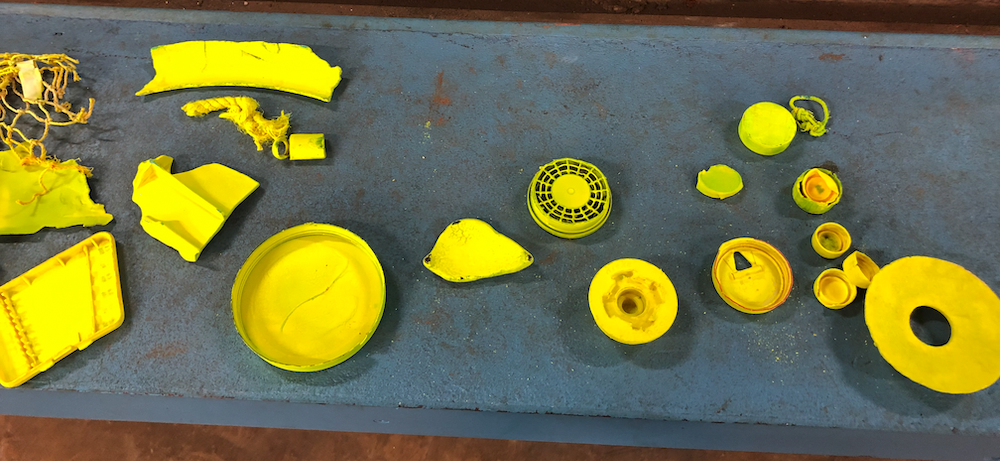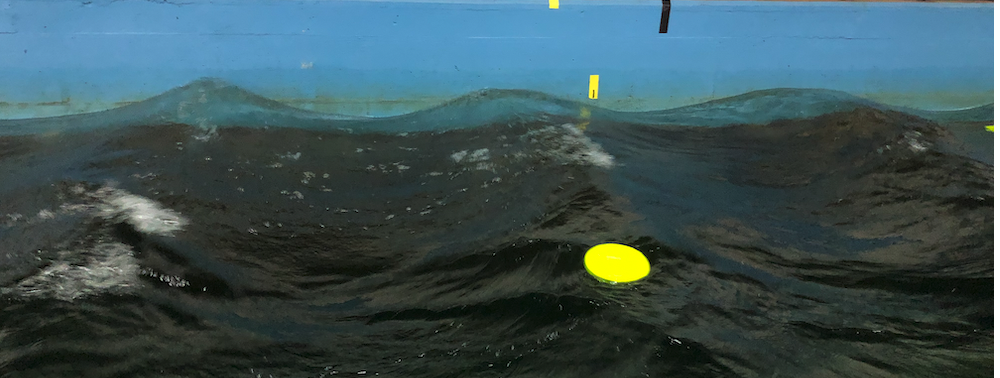R. Calvert1,2, A. Peytavin3, Y. Pham3, A. Duhamel3, J. van der Zanden4, S. van Essen4,5, B. Sainte-Rose3 & T.S. van den Bremer2,6*
1 School of Engineering, University of Edinburgh, Edinburgh, EH9 3FB, UK
2 Faculty of Civil Engineering and Geosciences, Delft University of Technology, 2628 CD, Delft, The Netherlands
3 The Ocean Cleanup Foundation, 3014 JH, Rotterdam, The Netherlands
4 Maritime Research Institute Netherlands, 6708 PM, Wageningen, The Netherlands
5 Faculty of Mechanical, Maritime and Materials Engineering, Delft University of Technology, 2628 CD, Delft, The Netherlands
6 Department of Engineering Science, University of Oxford, Oxford, OX1 3PJ, UK
*Corresponding author:
Abstract
Floating marine litter is transported by several mechanisms, including surface waves. In studies of marine litter transport, the wave-induced drift is set to be equal to the Stokes drift, corresponding to the Lagrangian-mean wave-induced drift of an infinitesimally small tracer. Large-scale experiments are used to show how the wave-induced drift of floating marine litter objects of finite size depends on their size, density, and shape. We observe increases in drift of 100% compared to Stokes drift for discs with diameters of 13% of the wavelength, up to 20% for spheres with diameters of 2.5% of the wavelength, whereas drift is reduced for objects that become submerged such as nets. We parameterize our findings and, for marine litter in the Great Pacific Garbage Patch, we predict no increase in drift for 1 cm diameter disk-shaped marine litter and increases of 6% and 42% for 10 cm and 50 cm diameters, respectively.


Figure 1: Examples of marine litter objects (top) and image of litter speed tracking experiment (bottom).
I. Surname1*, F.N. Another-Surname2 , Y. Next-Surname2
1 University Name, Country; 2 Organization Name, Country
* Corresponding author: mail.name@organization.org


